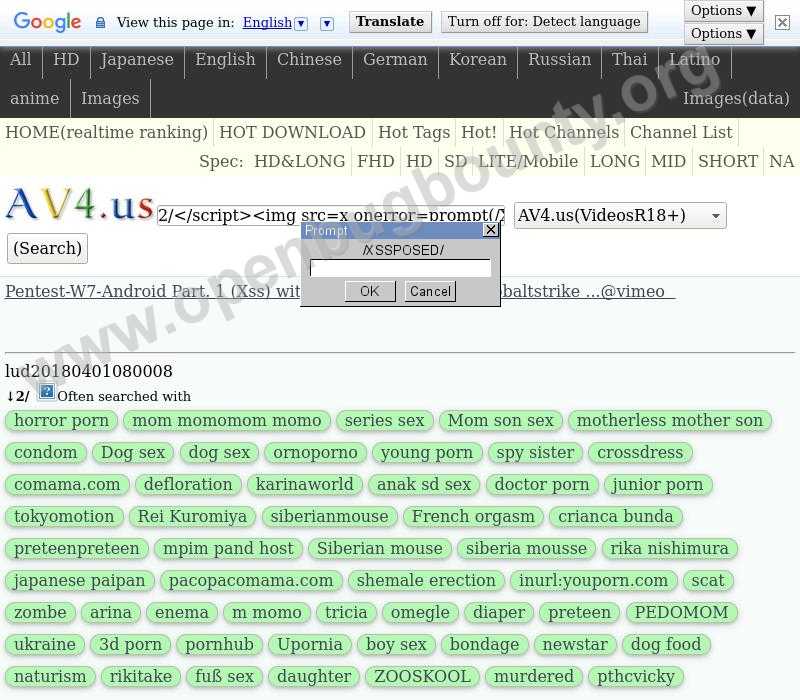Can the insidious tendrils of child exploitation truly be contained in the digital age? The recent surge in reports of child pornography, coupled with international crackdowns, paints a grim picture of a battle raging across the internet, a battle that may be far from over.
The landscape of online child exploitation is a multifaceted and constantly evolving threat. Law enforcement agencies worldwide are grappling with the dark underbelly of the internet, confronting a network of websites and individuals dedicated to the production, distribution, and consumption of child sexual abuse material. The rise of the dark web and the anonymity it provides have further complicated efforts to combat this heinous crime. Authorities are facing sophisticated techniques used by criminals to hide their activities, making investigations complex and time-consuming.
Russia, grappling with this pervasive problem, has reported receiving a staggering 5,000 reports of child pornography within the first 24 hours of implementing a new law designed to blacklist websites featuring inappropriate content. This rapid influx of reports highlights the sheer scale of the issue and the challenges involved in identifying and removing such material from the internet. This law, a reactive measure to combat the spread of illegal content, underscores the ongoing struggle to regulate the vast and often unmonitored digital spaces.
The international response to this crisis has been equally vigorous, with authorities across the globe collaborating to dismantle child pornography networks and arrest those involved. A significant operation, coordinated across 38 countries, led to the arrest of 337 suspects linked to a dark web child pornography site that was reportedly run from South Korea. This operation underlines the global nature of the problem, and the urgent need for international cooperation and intelligence sharing to effectively combat the illegal activities.
The tactics used by the perpetrators are becoming increasingly sophisticated. The use of cryptocurrency, for instance, to facilitate transactions and conceal identities, adds another layer of complexity to investigations. The U.S. Justice Department has highlighted that the massive child pornography website, targeted in a recent crackdown, was among the first to employ cryptocurrency, a worrying trend suggesting a move towards more covert financial arrangements and transactions. This reliance on digital currencies further complicates the process of tracking and tracing the flow of funds, making it more difficult for authorities to dismantle these networks.
One of the significant issues facing the fight against child exploitation is the question of legal boundaries and the legality of certain sites. The question "How are sites like this legal?" is a pertinent one. While the vast majority of websites hosting child sexual abuse material are unequivocally illegal, the digital landscape is a complex and often unregulated space, making it difficult to take down such websites. Moreover, some sites may exploit legal loopholes, operating from jurisdictions with weak laws or limited enforcement capabilities.
The case of a site like "primejailbait.com," which, according to research, has been operational for over three years and draws an average of 45,000 unique visitors per month, serves as an illustration of this issue. Such sites, often discovered through seemingly innocuous means like unrelated image searches, are a grim reminder of the persistent pervasiveness of such content on the internet. This raises crucial questions about the effectiveness of current web search technologies and the necessity of a more robust approach to identifying and blocking illegal content.
In November 2017, a security editor at ZDNet, while working for CBS, received contact from a hacking group via encrypted chat. The group, claimed to have breached a dark web site involved in distributing large amounts of child pornography. This incident underscores the complex ways in which the illegal content is distributed and the role of various players in the ecosystem. The fact that hacking groups are able to infiltrate such sites demonstrates the urgent need for enhanced cybersecurity measures and proactive intelligence gathering to combat these threats.
The challenge lies not only in identifying and removing illegal content, but also in addressing the root causes of this exploitation. This involves tackling issues such as child sexual abuse, poverty, and lack of education, among others. This requires a comprehensive approach that encompasses law enforcement, education, social services, and international cooperation.
The rise of technologies like artificial intelligence (AI) also presents new challenges and opportunities in this fight. AI can be deployed to identify and remove illegal content, but it can also be used to create more sophisticated and harder-to-detect child sexual abuse material. This necessitates developing AI-based solutions that can effectively counter such threats, along with ensuring ethical usage.
The fight against child exploitation is a protracted one that demands a relentless commitment and multifaceted strategies. The battleground is the digital world, and the weapons are technological advancements, legal frameworks, and international collaboration. The ultimate goal is to protect the most vulnerable and ensure the internet becomes a safer space for all.
It's a dark and often disturbing reality that demands our urgent and continued attention. This fight is not just a battle against illegal content; it's a fight to safeguard our children and protect the future of society.
| Aspect | Details |
|---|---|
| Legal and Ethical Considerations | The fight against child pornography and online exploitation raises serious legal and ethical questions. |
| Enforcement Challenges | The decentralized nature of the internet and the use of encryption and cryptocurrencies greatly complicate law enforcement efforts. |
| International Cooperation | This is essential for taking down global networks, and sharing intelligence, and apprehending suspects across borders. |
| Technological Advancements | These bring new tools for identifying and removing illegal content, but they also create new opportunities for perpetrators. |
| Preventative Measures | These include public education, parental awareness programs, and interventions to address the root causes of child exploitation. |
Further Reading: Explore more details on the issues mentioned above by visiting the resources offered by UNICEF.


